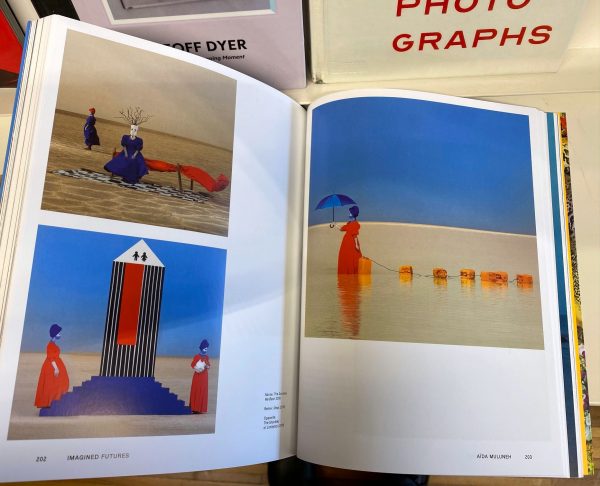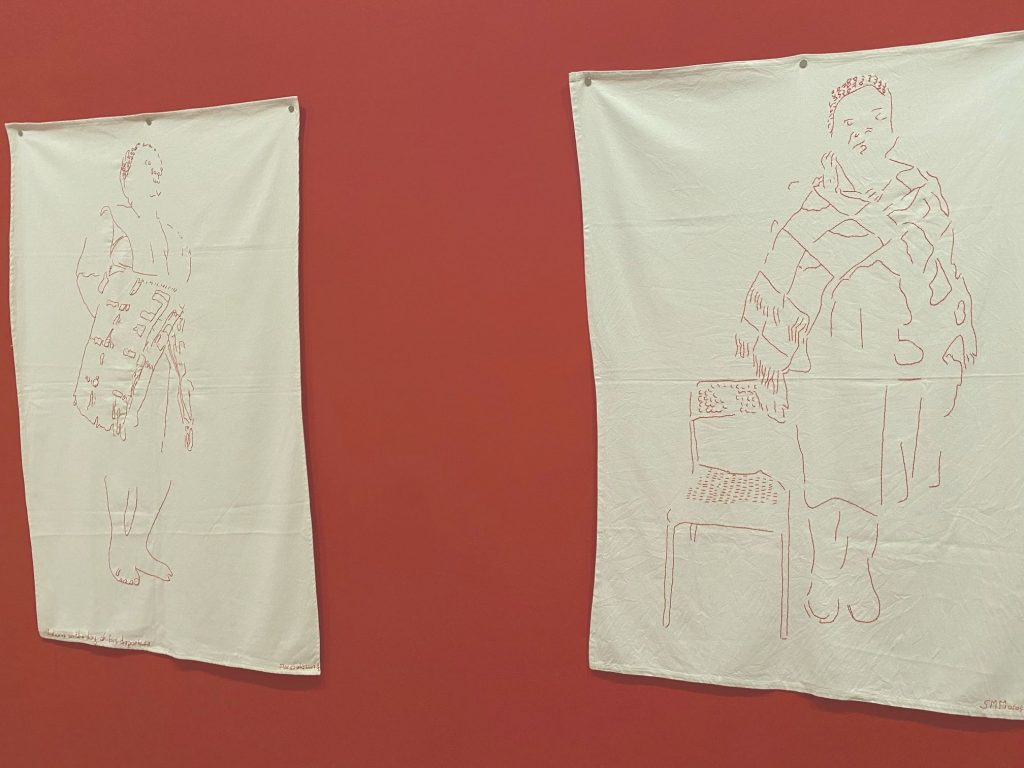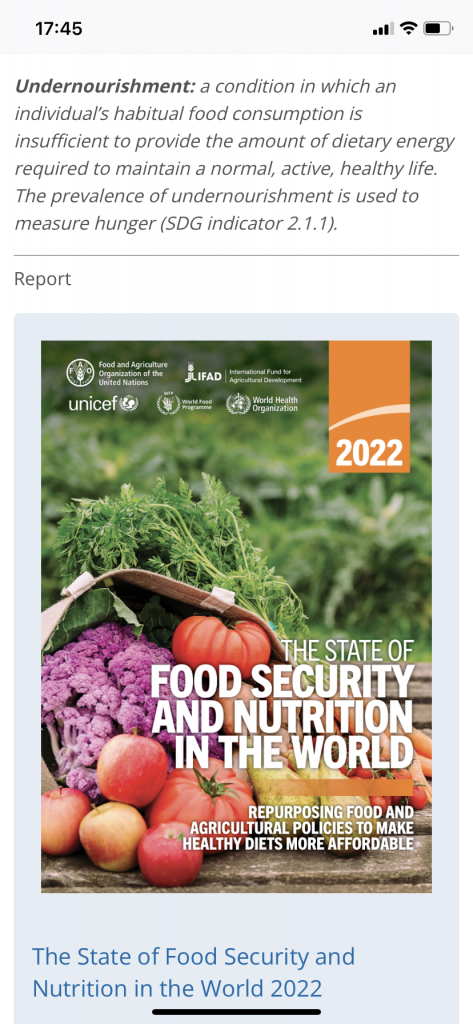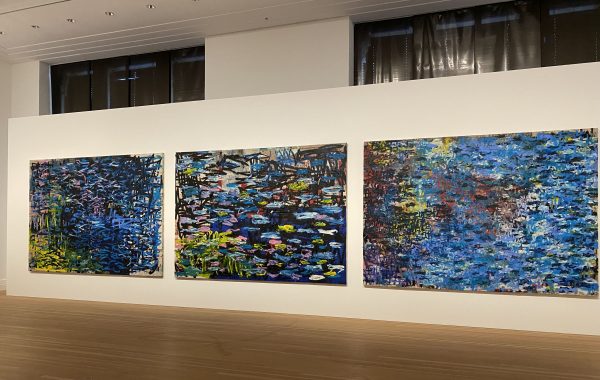A report by the WHO and the World Bank (2023) on universal health coverage and financial hardship has emphasized the difficulties to reach the goals defined by the strategic development goals (SDGs) by 2030 in this policy field. Moreover, the paper by Mazzucato and Ghebreyesus (2024) invites us to reconsider the importance of health in the overall assessment of development and progress. The authors ask us to “rethink the narrow focus on growth in gross domestic product (GDP) that typically dominates economic decision making”. There is of course a long debate on the status of health, GDP or wellbeing as major policy issues or even foundations of the a state’s major objective. For economists the question has been answered for decades to favor GDP growth and more or less the other objectives can be achieved with a time delay. Recently social scientists have highlighted the overall importance of wellbeing or happiness rather than GDP as stated in some constitutions. Health as an overall objective is another challenge to the existing economic framing of societies. In a traditional economic perspective the health sector is part of the GDP increasing public and private sector of the economy with insurers, equipment and persons contributing to it. On the other hand, health enters into the distribution or consumption part of the economy. Each country strikes its own balance between production and consumption. Put simply, in form of an equation where production equals consumption, health enters on both sides of the equation in each country. On the global, scale the distribution between costs and benefits of health have not narrowed over the past. The challenge for the world population remains steep. Considering unequal population growth across continents, the situation might get worse before it hopefully gets better. We still have to continue huge efforts to increase overall health on earth for example through large scale vaccination programs. (Image The tombstone of Molière in Paris 2024)






